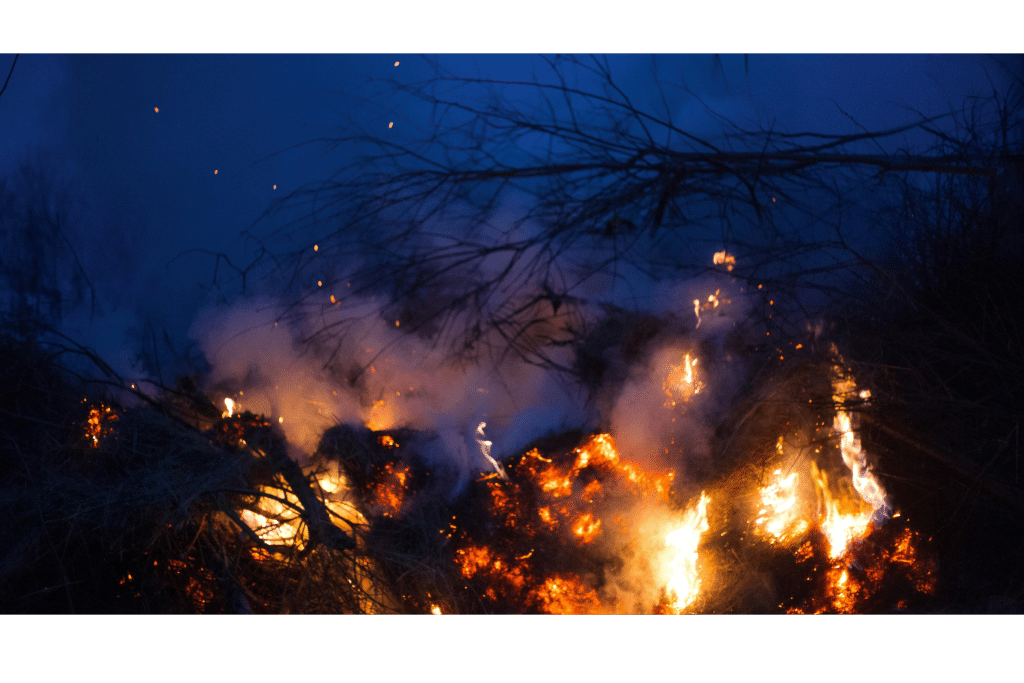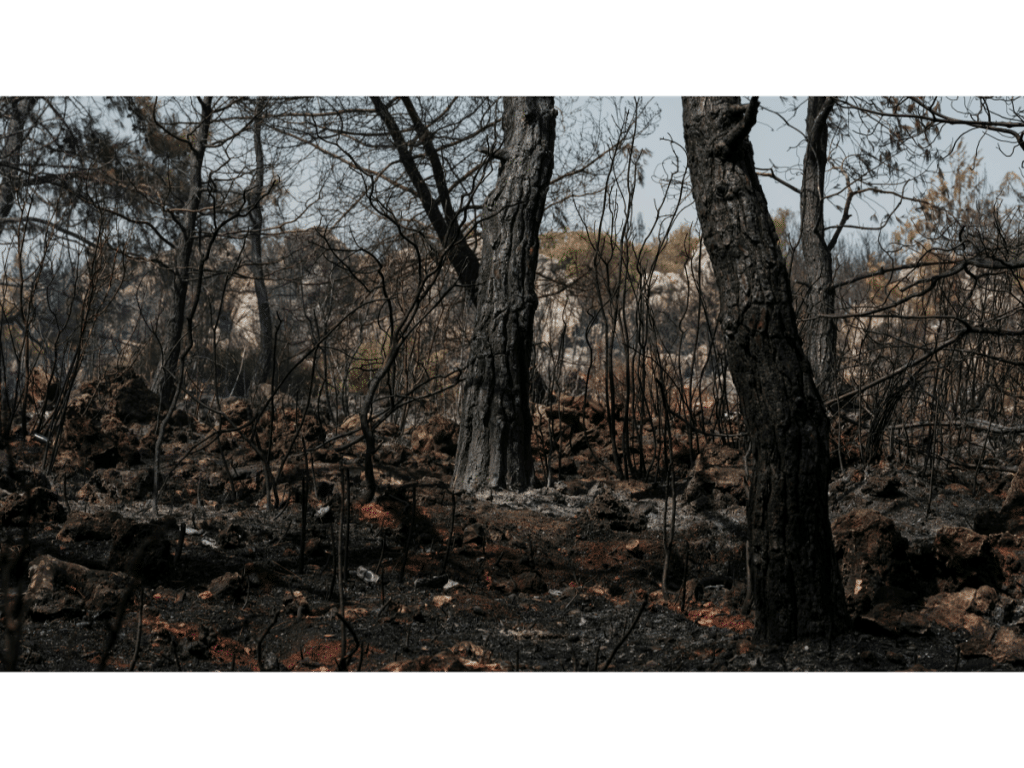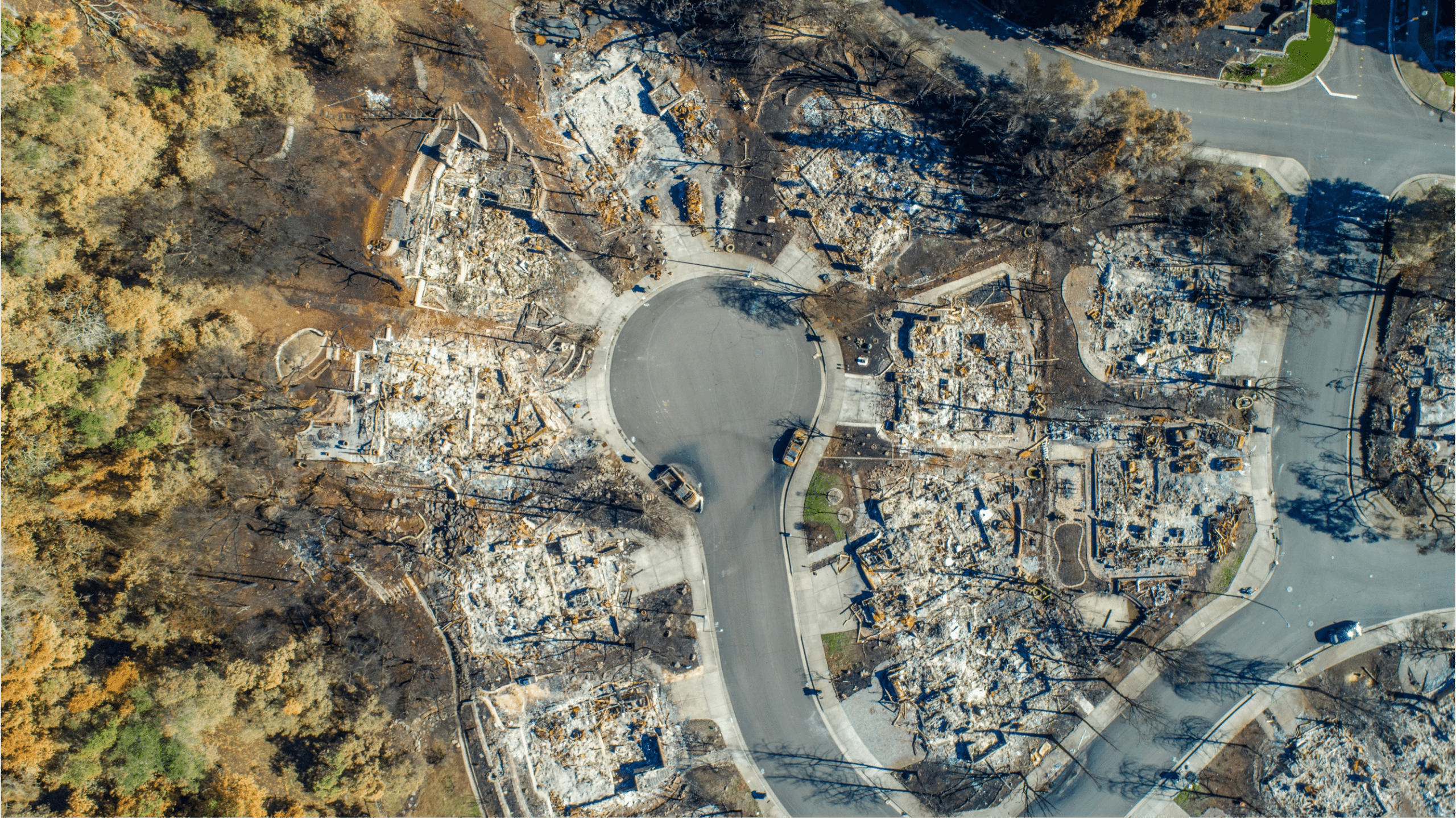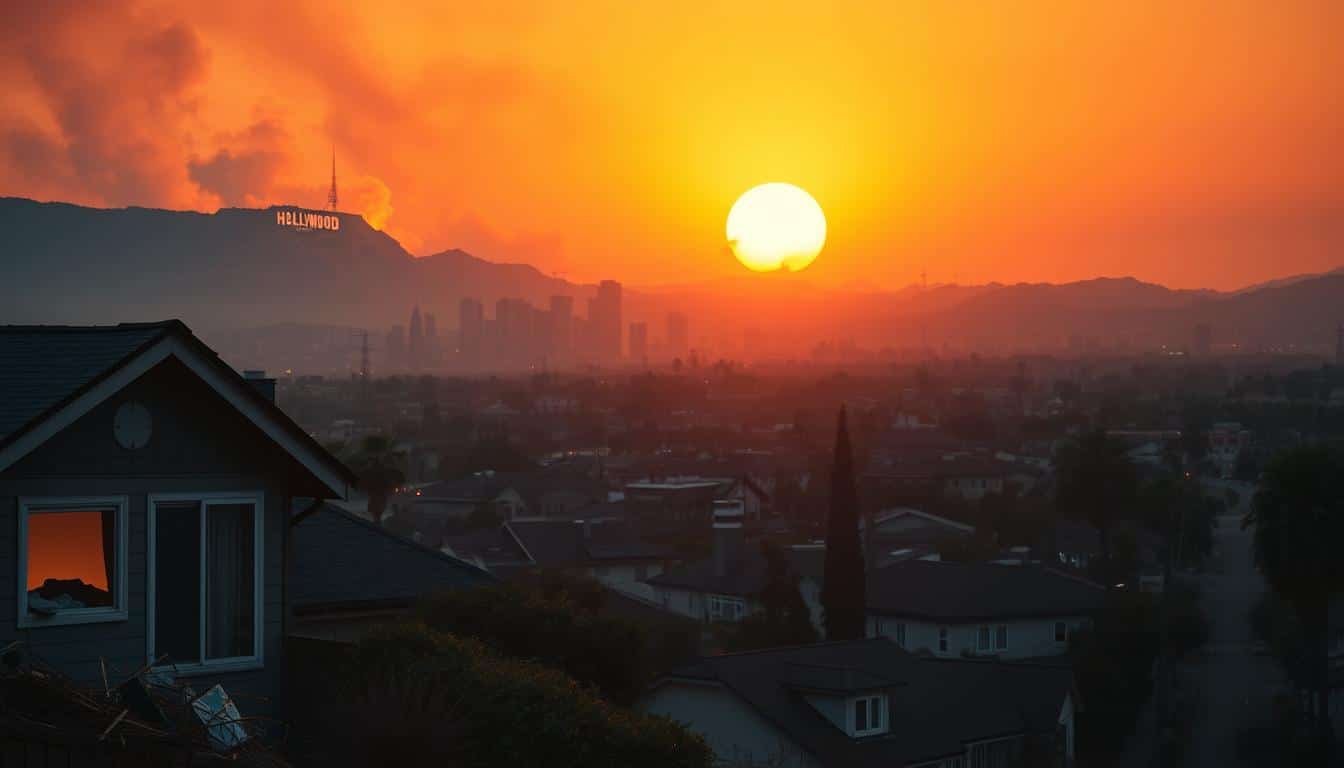The case known as PG&E and the Tubbs Fire Trial became a pivotal moment in California’s legal response to utility-related wildfire disasters. In October 2017, the Tubbs Fire tore through Northern California, leaving behind a trail of destruction across Napa and Sonoma counties. It would go on to become the second-deadliest wildfire in California’s history, claiming 22 lives and destroying thousands of homes and businesses.
Years later, a small group of fire victims—elderly and ill residents from Sonoma County—filed a civil lawsuit against Pacific Gas and Electric Company (PG&E), alleging the utility was responsible for the devastation. While Cal Fire later concluded the fire originated from private electrical equipment, the plaintiffs pursued legal action, believing PG&E’s negligence contributed to their losses.
This article breaks down the significance of the Tubbs Fire trial, how it progressed, and what it means for future wildfire-related lawsuits against PG&E and other entities.
Key Takeaways
The Tubbs Fire of 2017 was the second-deadliest wildfire in California history.
PG&E was sued in a civil trial by 18 victims despite Cal Fire attributing the fire to private equipment.
The trial moved forward during PG&E’s Chapter 11 bankruptcy proceedings.
The lawsuit served as a “test case” to help define PG&E’s broader wildfire liability.
The case highlighted the legal complexities of assigning blame in wildfire disasters.
The Tubbs Fire: A Brief Overview
The Tubbs Fire erupted on October 8, 2017, amid dry, windy conditions that helped it spread rapidly. In total, the fire scorched more than 36,000 acres and obliterated over 5,600 structures. It devastated entire neighborhoods in Santa Rosa and displaced thousands of residents.
Cal Fire’s investigation concluded in January 2019 that the fire had been caused by a private electrical system located in Calistoga—not PG&E equipment. This determination initially seemed to shield the utility company from liability, but a group of plaintiffs believed otherwise.
Why the Victims Took PG&E to Court
Despite Cal Fire’s report, 18 individuals who suffered severe personal and property losses insisted that PG&E bore some responsibility. These victims, many of whom were elderly or medically vulnerable, were granted expedited trial status under California law, which prioritizes swift resolution for such claimants.
Their legal team argued that PG&E had a history of poor infrastructure maintenance and failed vegetation management, factors that may have worsened the fire’s impact. In other Northern California fires, PG&E equipment had already been blamed for igniting flames.

Bankruptcy and the Green Light for Trial
In early 2019, PG&E filed for Chapter 11 bankruptcy in the face of mounting liabilities from multiple wildfires. Most lawsuits against the utility were automatically stayed as part of the bankruptcy process.
However, in August 2019, U.S. Bankruptcy Judge Dennis Montali ruled that the Tubbs Fire case could proceed in state court, despite the ongoing bankruptcy. His rationale: the outcome would serve as a “test case” to help the court determine PG&E’s total potential wildfire-related liability.
This decision was significant. It gave a small group of plaintiffs the opportunity to present evidence and potentially prove negligence—setting a precedent for others waiting in the wings.
Scheduled Trial and Strategic Legal Moves
The trial was scheduled to begin on January 7, 2020, in San Francisco Superior Court—at the request of the plaintiffs, rather than in Sonoma County. This strategic move was likely aimed at avoiding potential local bias in favor of PG&E, a utility deeply embedded in Northern California communities.
PG&E, for its part, reiterated in public statements its commitment to compensating wildfire victims and participating in the legal process. However, its legal team sought to minimize the company’s exposure and influence the broader settlement environment.
The Broader Context: Wildfire Liability and Legal Strategy
PG&E’s legal troubles were not limited to the Tubbs Fire. Cal Fire had previously concluded that the utility’s equipment was responsible for igniting other North Bay wildfires, as well as the 2018 Camp Fire, which became the deadliest wildfire in California history.
Allowing the Tubbs Fire trial to proceed could influence how judges and bankruptcy trustees handle future wildfire cases. A successful verdict against PG&E would have placed further financial pressure on the company and potentially shifted public and legal opinion.
The Settlement Proposal and Its Impact
Before the Tubbs trial could begin, PG&E proposed a sweeping settlement: $13.5 billion to resolve wildfire claims—including those related to the Tubbs Fire. The settlement was part of its bankruptcy reorganization plan and was ultimately approved in December 2019.
This agreement prevented the trial from moving forward but left many wondering what might have emerged had the plaintiffs presented their case in court. For some victims, the settlement was a lifeline. For others, it felt like a compromise made in the shadow of corporate power.

Legal and Policy Implications
The Tubbs Fire civil trial illustrates how wildfire litigation can influence both corporate behavior and state policy. In the wake of these events, California lawmakers passed legislation (such as AB1054) aimed at stabilizing utility liability, wildfire prevention, and insurance markets.
Additionally, the trial brought public attention to the gap between government investigations and civil litigation, where differing conclusions can lead to contentious court battles over who is truly responsible for disaster recovery.
Conclusion
Although the Tubbs Fire trial against PG&E never reached a jury, its legal, financial, and emotional ramifications continue to resonate. The plaintiffs pushed the legal system to examine a painful chapter in California’s wildfire history, and their efforts helped shape the settlement landscape for thousands of others.
For fire victims, this case underscored the importance of legal representation, the power of persistence, and the need for clear, timely justice in the face of devastating loss.





